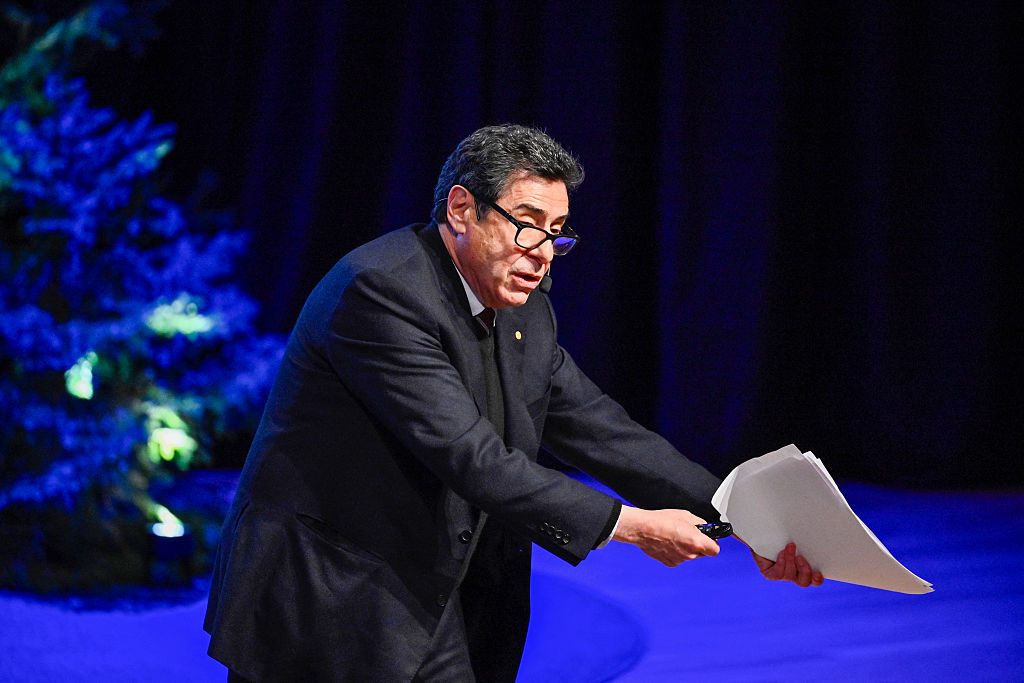When governments want to raise money, they do so by issuing bills (typically short-term) and bonds (longer term maturities can reach 30 years or more). The method is usually an auction. Remember that the issuer wants to raise capital as cheaply as possible and that means at the lowest possible yield (the yield is the annual return divided by price as a percentage. So the more a bidder bids, the lower the yield will be).
A competitive auction is where institutional and individual investors fight to get the bonds. It should ensure the issuing government raises the money it needs at the lowest cost.
Once all bids have been received, bonds are allocated at a single price to all successful bidders that price is usually the one that represents the highest yield from the bids accepted (so the higher your bid price, the more likely it is you will be allocated some bonds).
MoneyWeek
Subscribe to MoneyWeek today and get your first six magazine issues absolutely FREE

Sign up to Money Morning
Don't miss the latest investment and personal finances news, market analysis, plus money-saving tips with our free twice-daily newsletter
Don't miss the latest investment and personal finances news, market analysis, plus money-saving tips with our free twice-daily newsletter
Alternatively, you may bid non-competitively and take bonds at the yield determined by the competitive bid process.
See Tim Bennett's video tutorial: Bond basics.
Get the latest financial news, insights and expert analysis from our award-winning MoneyWeek team, to help you understand what really matters when it comes to your finances.
MoneyWeek is written by a team of experienced and award-winning journalists, plus expert columnists. As well as daily digital news and features, MoneyWeek also publishes a weekly magazine, covering investing and personal finance. From share tips, pensions, gold to practical investment tips - we provide a round-up to help you make money and keep it.
-
 Nobel laureate Philippe Aghion reveals the key to GDP growth
Nobel laureate Philippe Aghion reveals the key to GDP growthInterview According to Nobel laureate Philippe Aghion, competition is the key to innovation, productivity and growth – here's what this implies for Europe and Britain
-
 Pundits had a bad 2025 – here's what it means for investors
Pundits had a bad 2025 – here's what it means for investorsThe pundits came in for many shocks in 2025, says Max King. Here is what they should learn from them

